New Faces in QSM Support
The next time you call or email QSM for support, you may notice a few unfamiliar names or voices. That's because QSM Research and Support is growing!
The first addition to our team is Katie Costantini. Katie joined QSM as a temporary summer intern in May of this year. We were so delighted by the quality of her work that we recently offered her a full time position at QSM as a Technical Support and Documentation specialist.
Katie Costantini joins QSM Research and Technical Support with three years of customer service experience under her belt. Over the summer, she has been working hard to upgrade our product documentation to a newer platform and format. You'll see some of her work in the next edition of SLIM-Suite manuals and help. She also assisted with the redesign of our new FAQs page and has been helping us revamp our ramp up documentation and processes. Katie graduated from Virginia Commonwealth University cum laude with a B.S. in Economics and a minor in Latin and Roman Studies. Raised in a Marine Corps family (ooh rah!), Katie has lived in California, North Carolina, Virginia, and Cairo, Egypt.
Over the next year, Kate will be working on support documentation and the next update of the QSM database and industry trend lines. Her strong quantitative background and stellar organizational skills are already helping us bring about some exciting changes that we'll be unveiling soon!
The second (chronologically speaking) addition to QSM Research & Support is Laura Zuber:

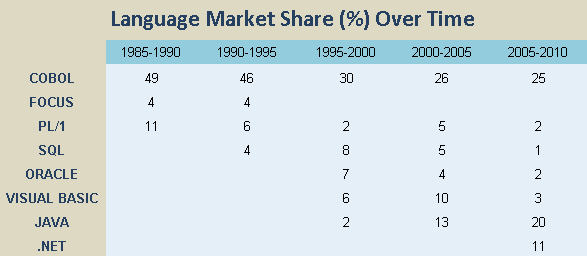
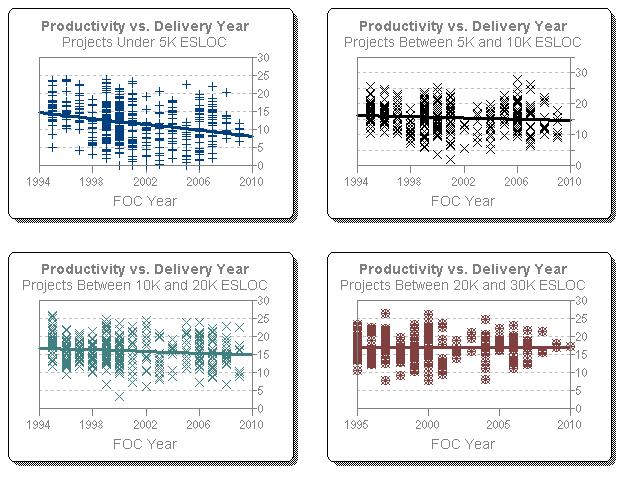
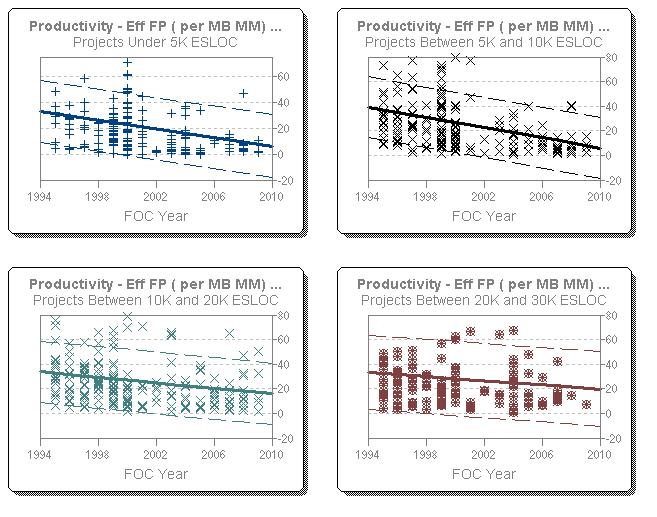
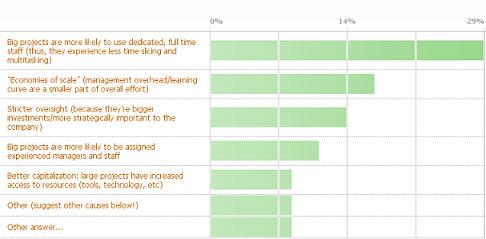
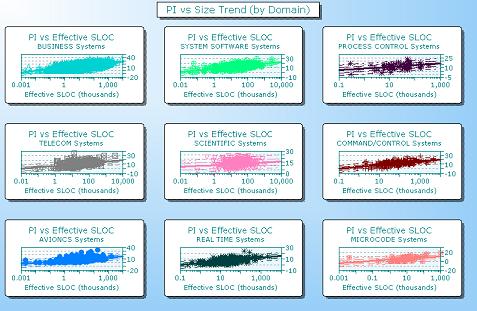
 Back in great-Grandma's time, cleaning was a labor intensive endeavor. Rugs were swept once or twice a week and taken outside and beaten by hand once a year. Those cheery little scrubbing bubbles weren't around to whisk the pesky soap scum from our bathtubs -
Back in great-Grandma's time, cleaning was a labor intensive endeavor. Rugs were swept once or twice a week and taken outside and beaten by hand once a year. Those cheery little scrubbing bubbles weren't around to whisk the pesky soap scum from our bathtubs -